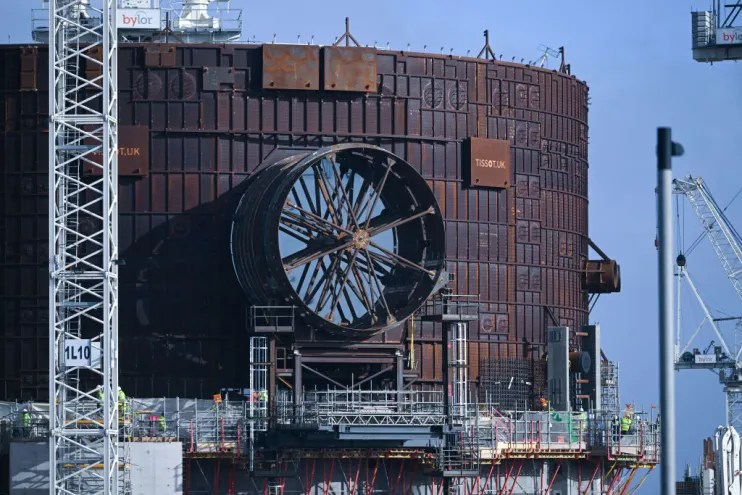COP28: Global nuclear pledge casts further doubt on UK’s capabilities

The COP28 conference in Dubai has put the UK’s faltering nuclear sector into the limelight once more.
Microsoft founder and billionaire philanthropist Bill Gates today used the conference as a platform to announce that his nuclear reactor company TerraPower will examine the UAE’s potential for new reactors.
Yesterday, 22 countries including the United States, the United Kingdom, South Korea, Canada, Hungary, and the Netherlands signed a pledge to triple nuclear deployment by 2050.
TerraPower and the UK have stalled on discussions around UK projects, but nuclear on the whole is another energy front on which the UK is currently losing ground.
The target of 24 GW by 2050 was first conceived in the Energy Security Strategy of 2021 but precious little progress has been made since.
Even with the reactor plans it has been able to conceive, the sector remains repeatedly hamstrung by bureaucratic process and the absence of a long-awaited nuclear road map that is likely delayed once more to 2024.
A significant factor halting development is that nuclear investment is still not labelled green, despite being promised by the Chancellor back in March.
Examining the UK’s current stock showcases the problem even further. British nuclear capacity stands at 5.9 GW, 4.7 GW of which retires in less than five years.
Through completing Hinkley Point C, Sizewell C and securing a life extension to Sizewell B, the UK could reach 7.7 GW; less than one third of the 24 GW target.
In the 12 years since the UK restarted nuclear development, only one project has proceeded to a Final Investment Decision (HPC in 2016).
To get to 24 GW of capacity by 2050, the UK nuclear needs to build and start operations on another six Hinkley Point C-size projects and move the stymied Sizewell C project into production.
In contrast, France, often seen as a leader in nuclear development capabilities, has issued planning permits for a new wave of construction projects across the country within just two years.
Tom Greatrex, chief executive of the Nuclear Industry Association, told City A.M: “We need to be five times faster in getting actual projects off the ground and pick a partner for our next large-scale nuclear project this Parliament.”
“Those are two of the ways we give the investors and the supply chain the confidence they need, and that’s how we get net zero with energy security.”
But those within the sector believe the government is still avoiding making short-term capital investments to shore up the long-term energy security set out in 2021.
One official involved in the UK nuclear industry told City A.M: “They’re slow and hesitant, we know what happens when you have government money tied up in multi-billion pound projects and a sniff of a cost increase comes along, they opt to slow down and rethink”.
Others believe that despite union backing for large job creators like Hinkley Point, a Labour government isn’t in a position to speed up the nuclear timeline.
“If their policy is a carbon-free grid by 2030, there isn’t a single nuclear that can come on by then – even Hinkley Point C would just replace units that will go offline,” they told City A.M.
“The danger is they’ve removed their focus on the long-term issue by trying to resolve the short-term.”
One of the UK’s brightest spots in the sector is newcleo. Just two years old, the company is working on building advanced lead-cooled fast reactors without government financial support.
Speaking to City A.M., the company’s UK managing director Andrew Murdoch said the pledge from Dubai is a positive message but highlights where the UK is falling behind.
“The real challenge will be delivering at pace; other countries are pressing ahead with planning and legislative reform to support the growth of nuclear but here in the UK, we are taking a low-risk step by step approach,” he said.
“There is a risk of falling behind compared to other faster paced, centrally-led government approaches.”